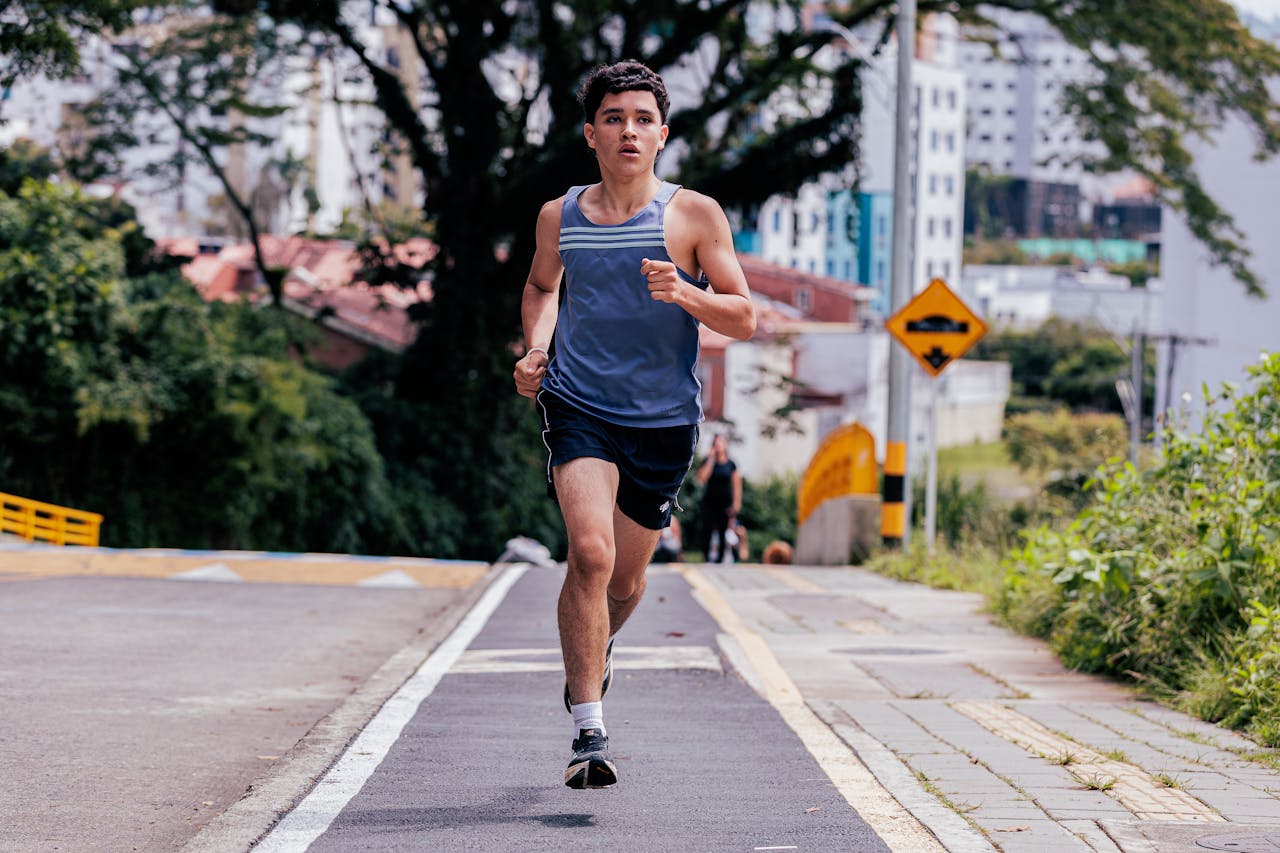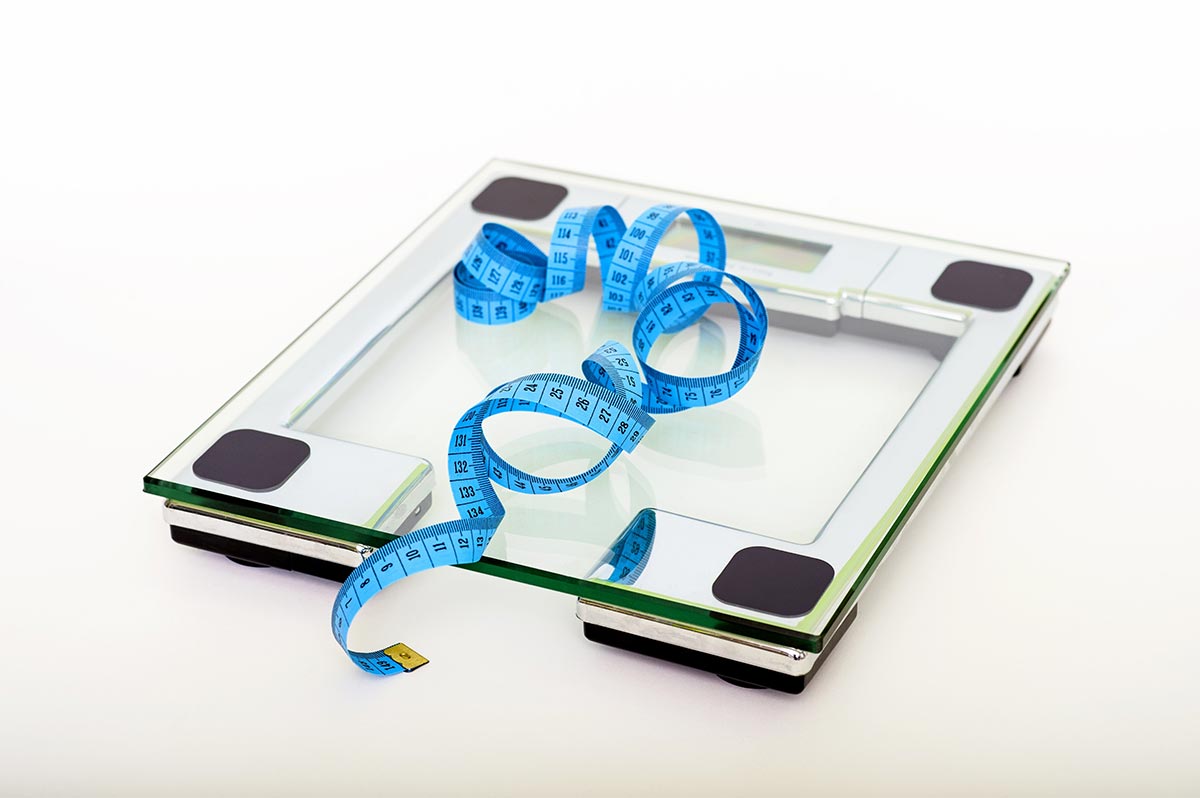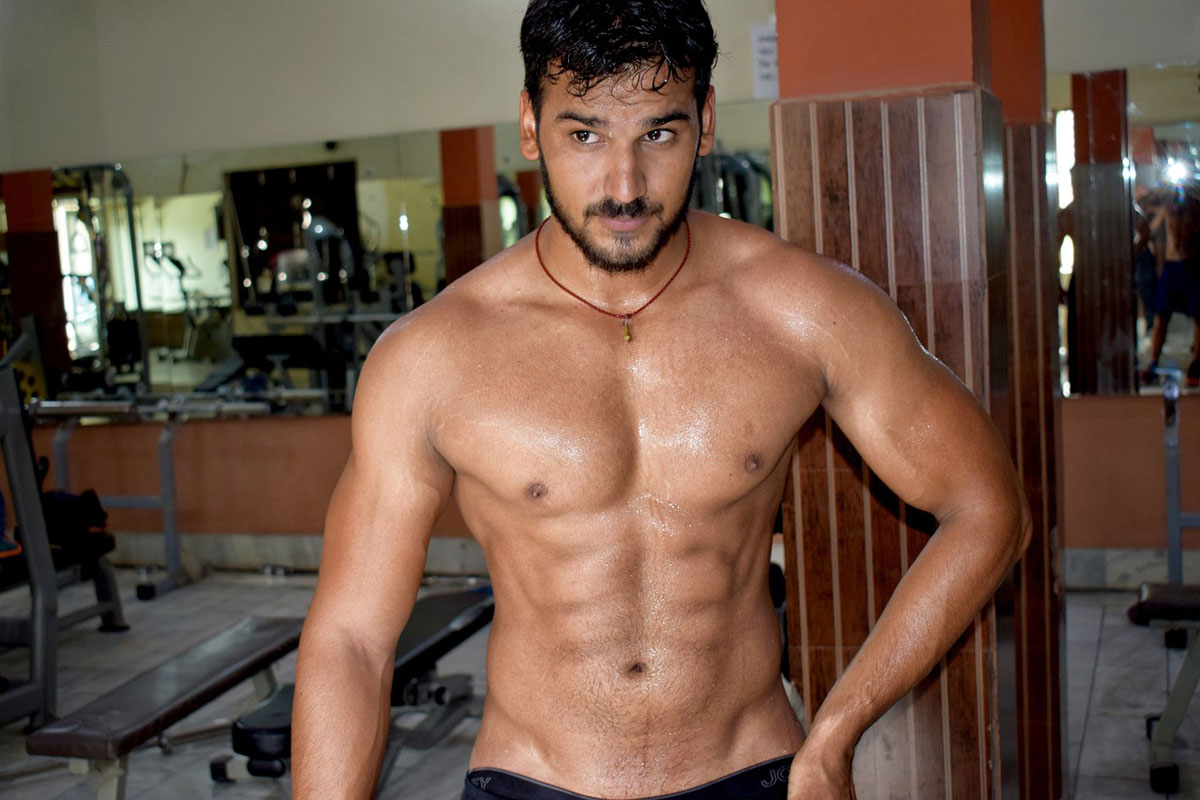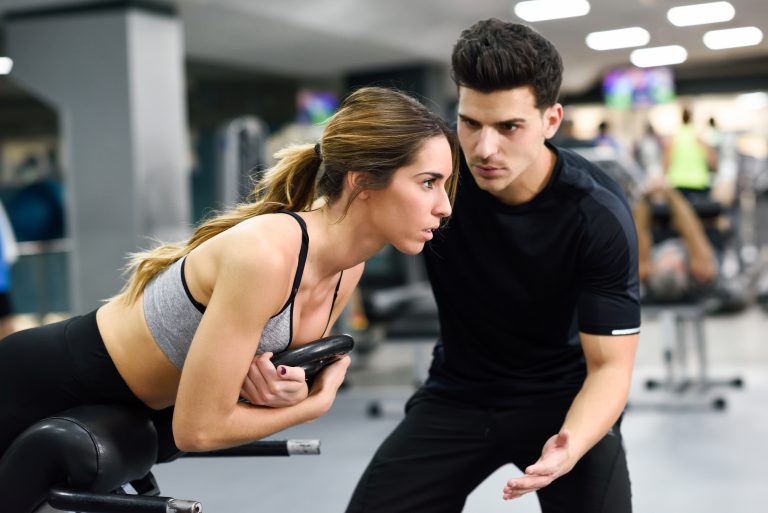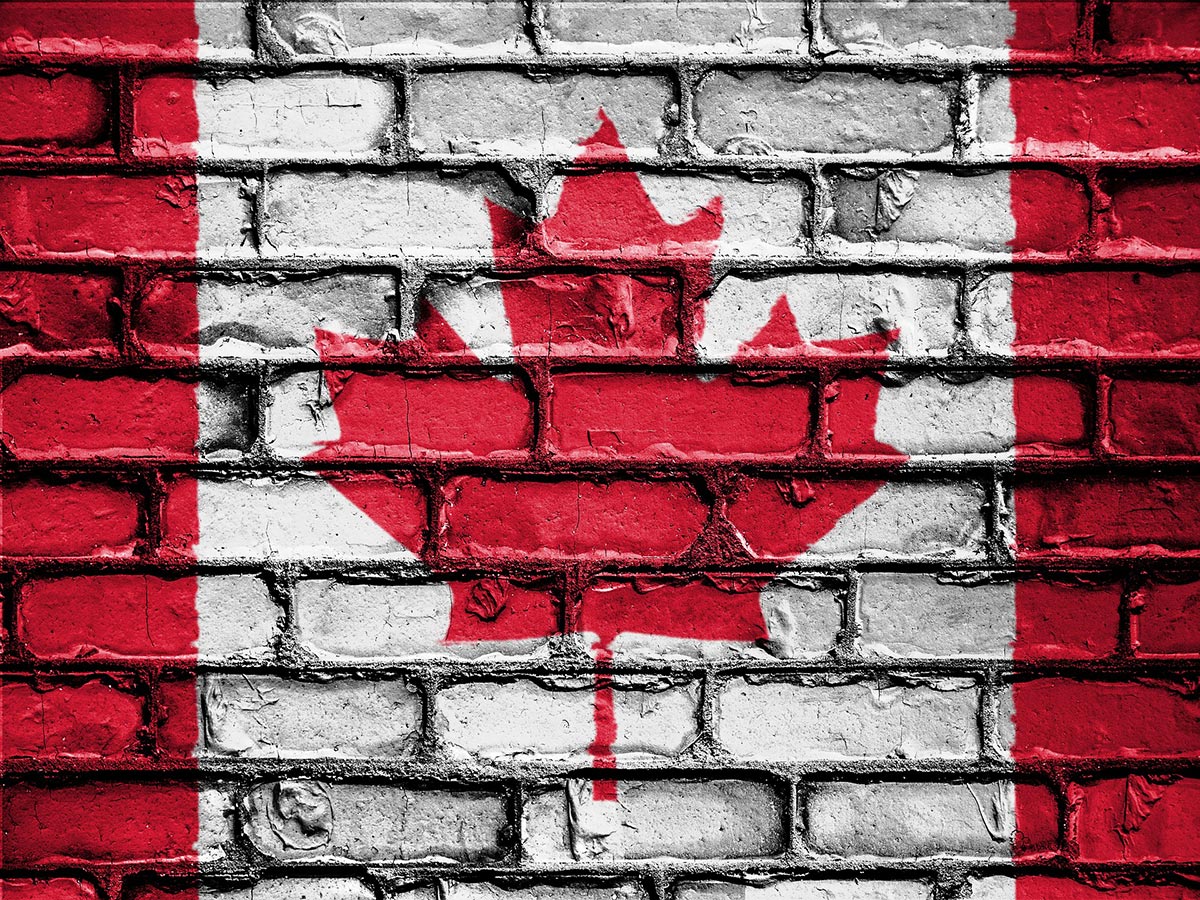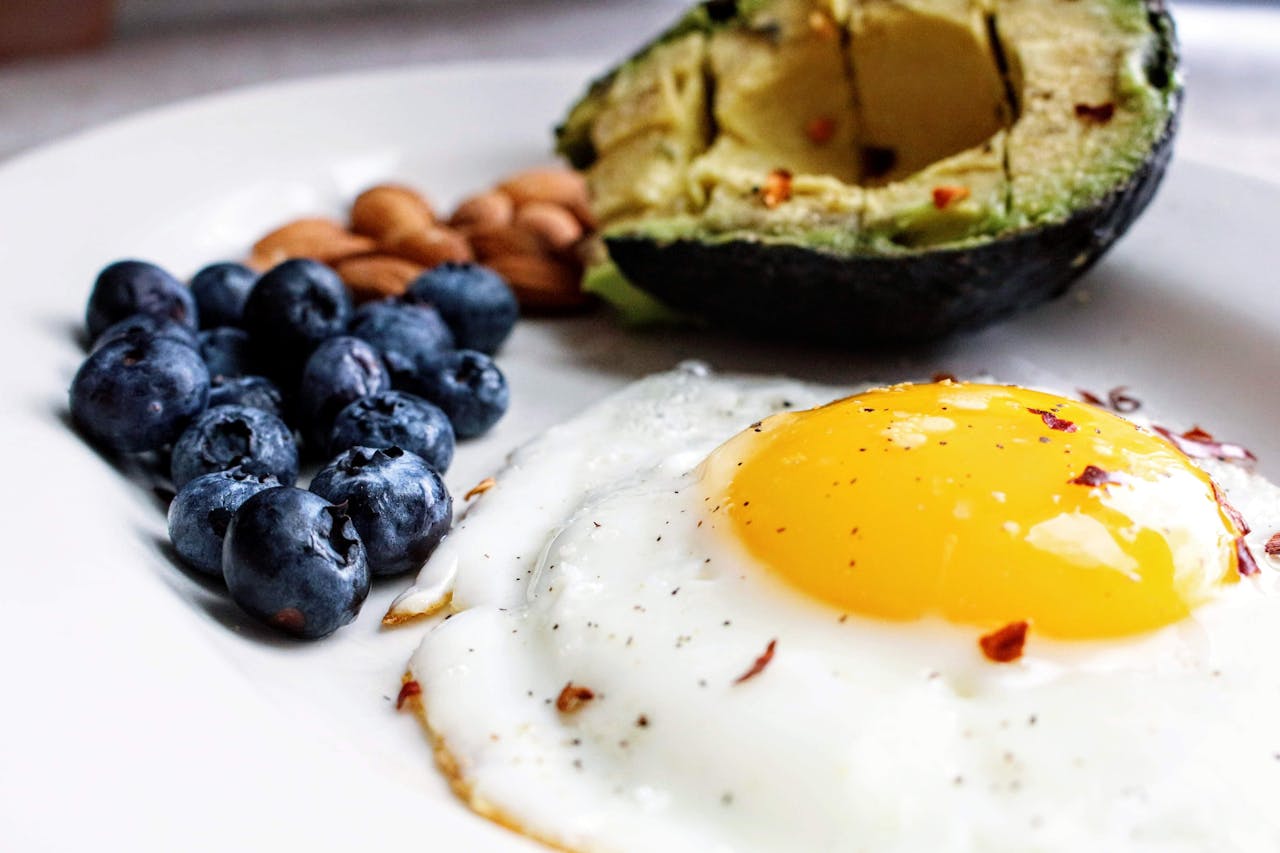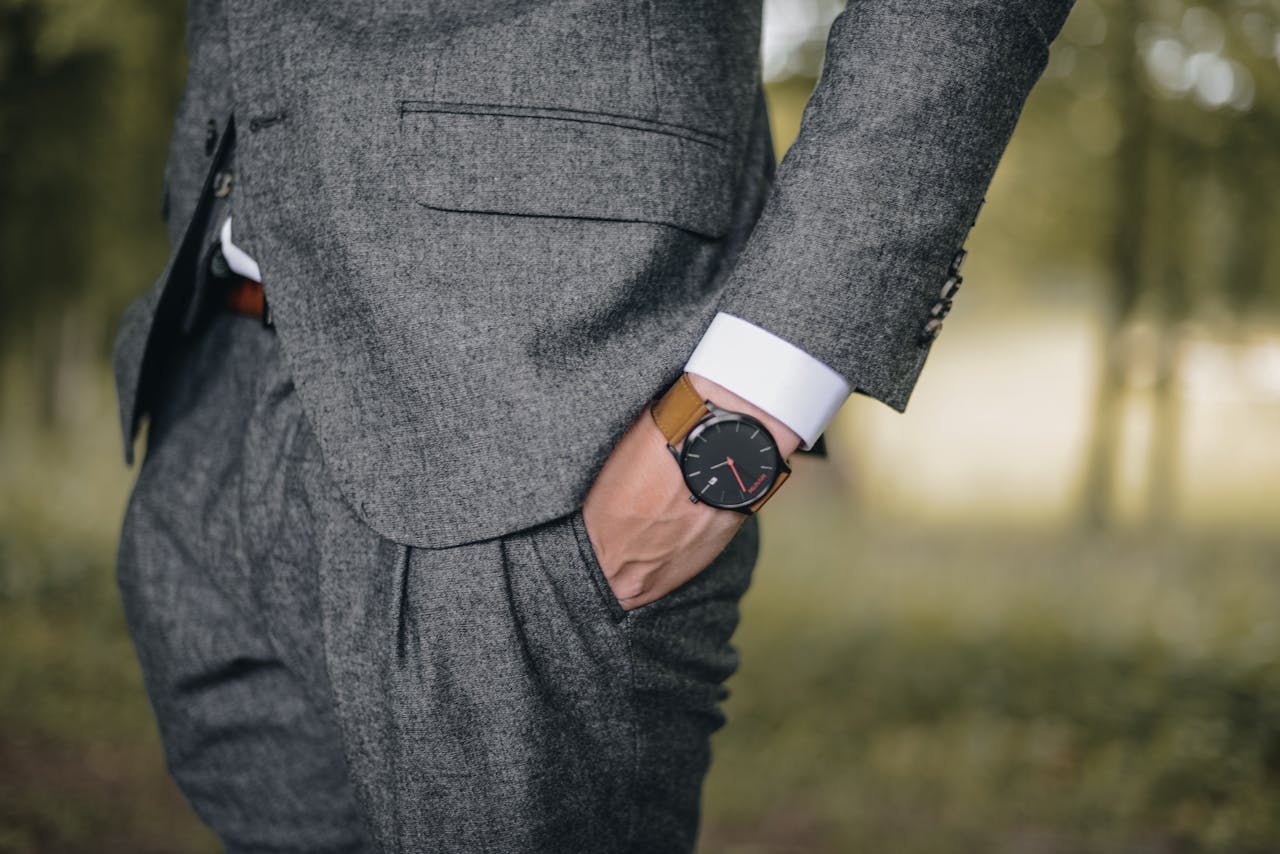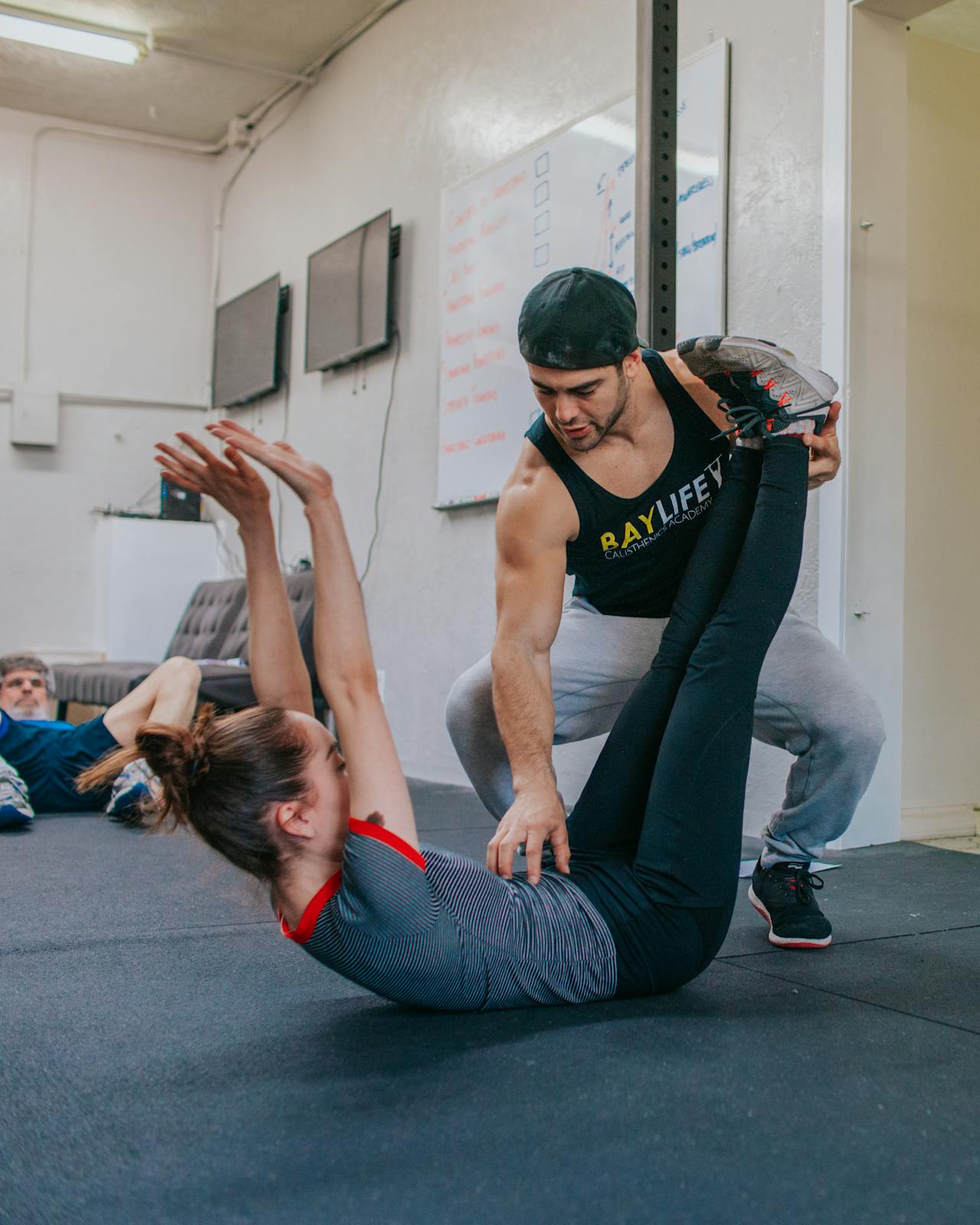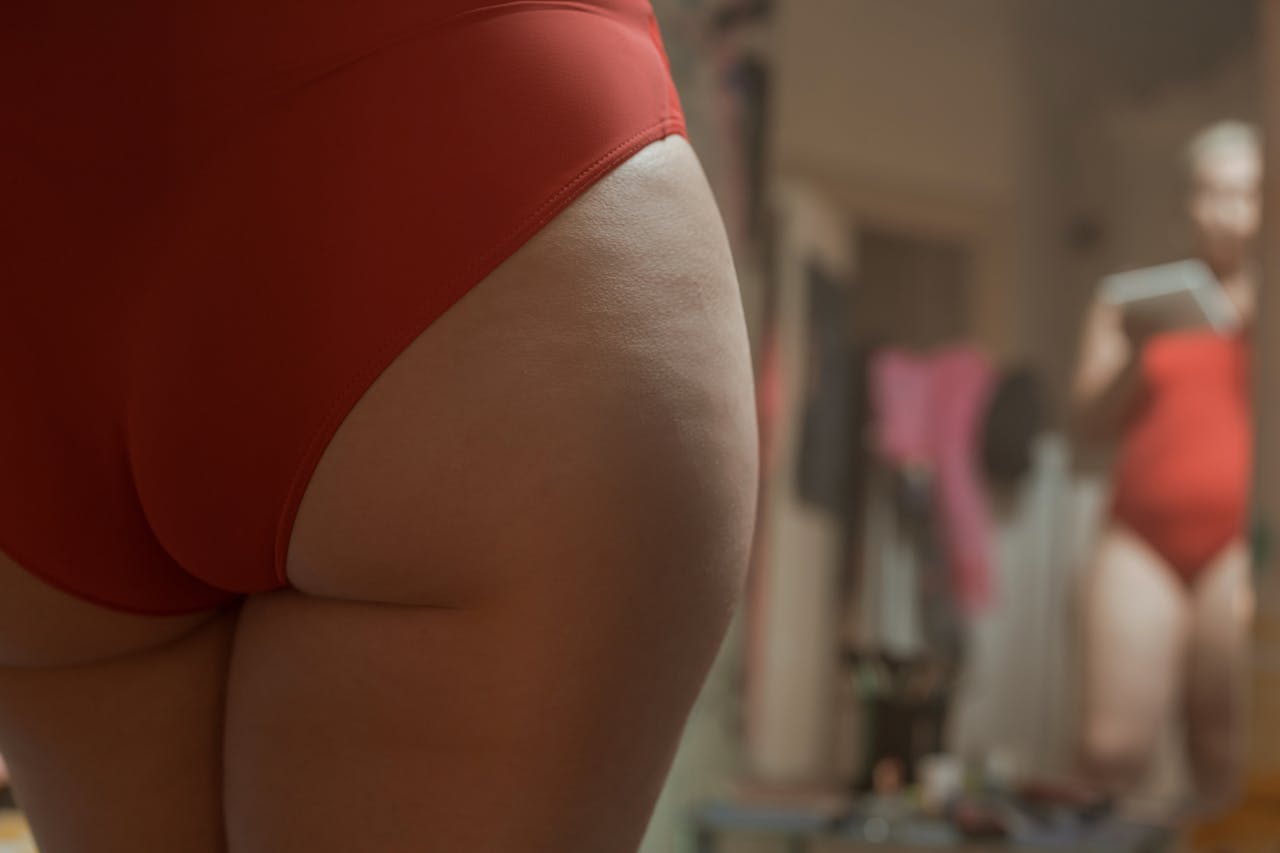1. UV Exposure & Skin Cancer: The Hidden Danger in Your Workout
When you lace up for a run, you’re not just training your cardiovascular system—you’re also subjecting your skin to ultraviolet radiation. The UV index in many U.S. states reaches "very high" or even "extreme" levels in summer, even in regions traditionally considered low-risk like New England. This constant exposure adds up. Over 5 million skin cancer cases are diagnosed annually in the U.S., and most are linked directly to UV damage.
Melanoma, the deadliest form of skin cancer, is particularly dangerous because it often stems from intense sunburns acquired in youth or during sporadic high-exposure events. Athletes—especially those with fair skin or family history—face increased risks due to long training hours, outdoor competitions, and irregular shade breaks.
| Exposure Type | Pattern | Health Risk |
|---|---|---|
| Long-duration, peak sun (e.g. marathon) | Sustained midday exposure | Cumulative skin damage, BCC/SCC |
| Intermittent but intense (e.g. sprints, youth camps) | Strong sun periods + burns | Melanoma risk increases |
2. Sunscreen and UPF Clothing: The Shield Your Muscles Don’t Have
Muscles may win races, but they don’t deflect UV rays. Protective behavior is crucial. UPF-rated clothing blocks up to 98% of UV radiation and remains effective even when sweating. Look for long sleeves, high collars, and moisture-wicking fabrics with UPF 50+ labels.
But clothing isn’t enough. Sunscreen—broad-spectrum, SPF 30 or 50 or higher—is non-negotiable. Apply it 30 minutes before training and reapply every 80 minutes, especially during heavy sweating or after towel use. And yes, that includes cloudy days. UV radiation penetrates clouds and reflects off surfaces like water, concrete, and sand.
3. Air Pollution & Ozone: The Invisible Risk
While UV damages your skin, poor air quality can sabotage your lungs. During physical exertion, athletes inhale more air per minute, increasing their exposure to pollutants like PM2.5 and ozone. Ground-level ozone, a byproduct of urban emissions and sunlight, peaks in the same hours as UV—midday to afternoon.
Training in high-AQI conditions can lead to decreased lung function, chest tightness, and long-term respiratory issues. Many athletes in urban or wildfire-prone regions (California, Colorado, Texas) need to plan sessions based on both UV and air quality indices.
| AQI Level | Condition | Athlete Action |
|---|---|---|
| 0–50 (Good) | Clean air | Normal outdoor training |
| 51–100 (Moderate) | Mild ozone/pollution | Use caution if sensitive |
| 101–150 (Unhealthy for sensitive) | Ozone/PM increasing | Sensitive athletes reduce duration |
| >150 | Poor/polluted (ozone, smoke) | Shorten sessions / move indoors |
4. Regional Reality: Even Northern States Hit Dangerous UV
You might think Alaska or Vermont are safe zones for UV—but in summer, even those states reach UV indexes above 8. That's “very high” by international standards. In places like Florida, Arizona, New Mexico, or California, UV 11+ is common from May through August. High altitude states like Colorado receive amplified UV due to thinner atmosphere.
The takeaway? No U.S. region is “safe” from summer UV. The sun doesn’t discriminate based on zip code.
5. Athlete Checklist: Train Smart, Stay Protected
• Check UV Index daily—plan workouts for early morning or after 4 p.m. (APP)
• Use UPF clothing and sport-specific sunglasses.
• Apply SPF 30+ sunscreen and lip balm. Reapply mid-session.
• Use shade breaks and hydrate often.
• Monitor AQI ( Air Quality Index) levels and shift indoors when air is poor.
• Schedule annual skin checks—especially for fair skin, many moles, or family history.
Training outdoors is healthy, empowering, and freeing. But with increased exposure comes increased responsibility. With some simple precautions, you can outpace the risks—without letting the sun or smog run you down.
